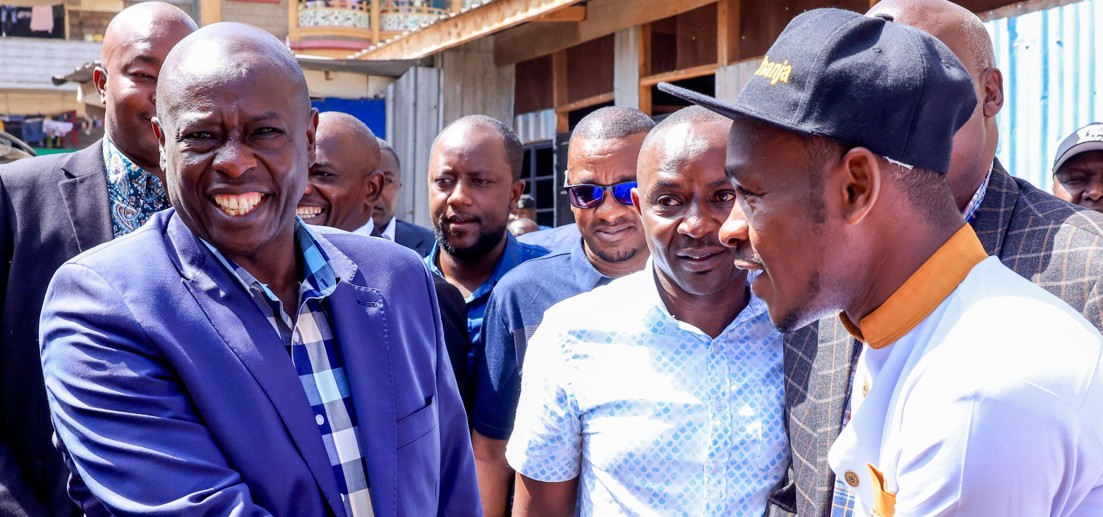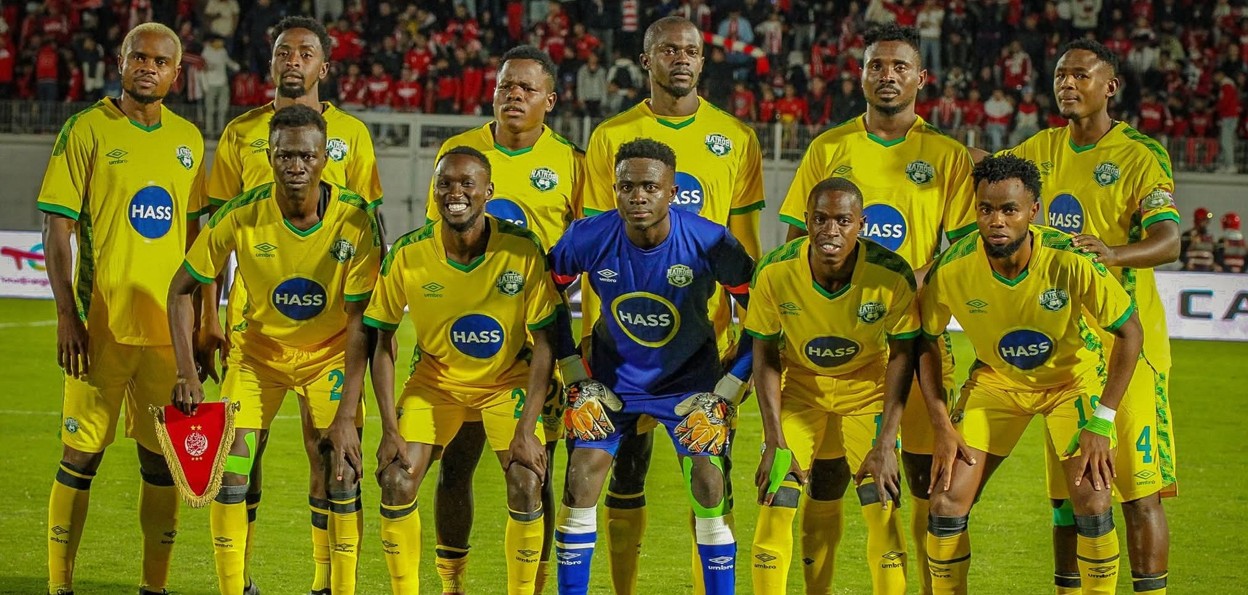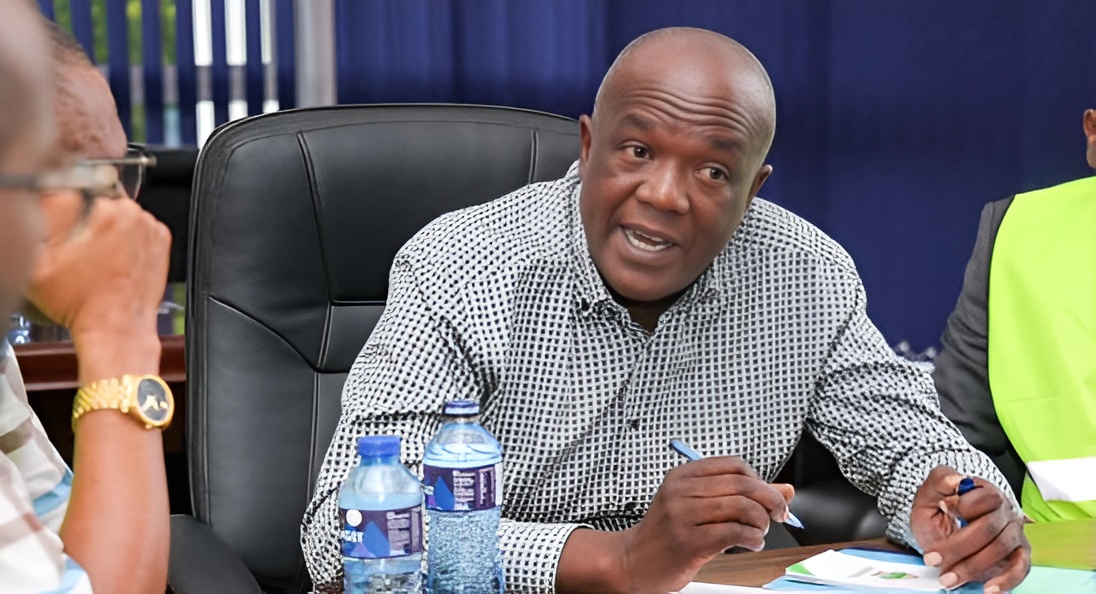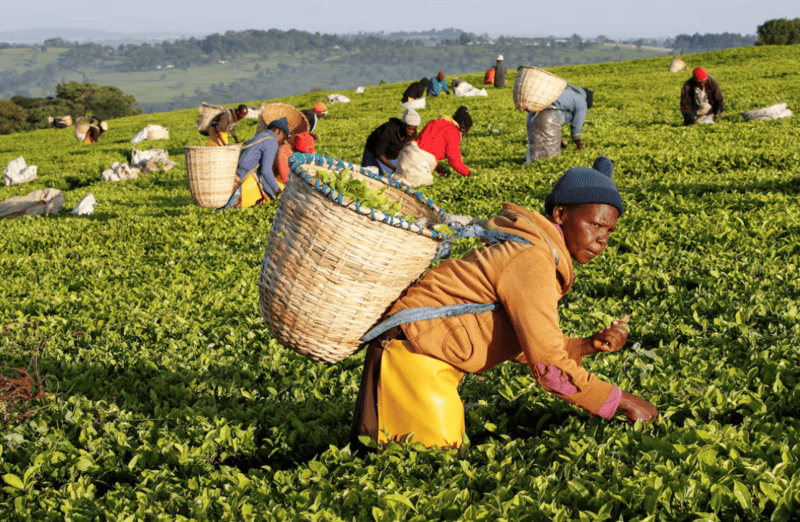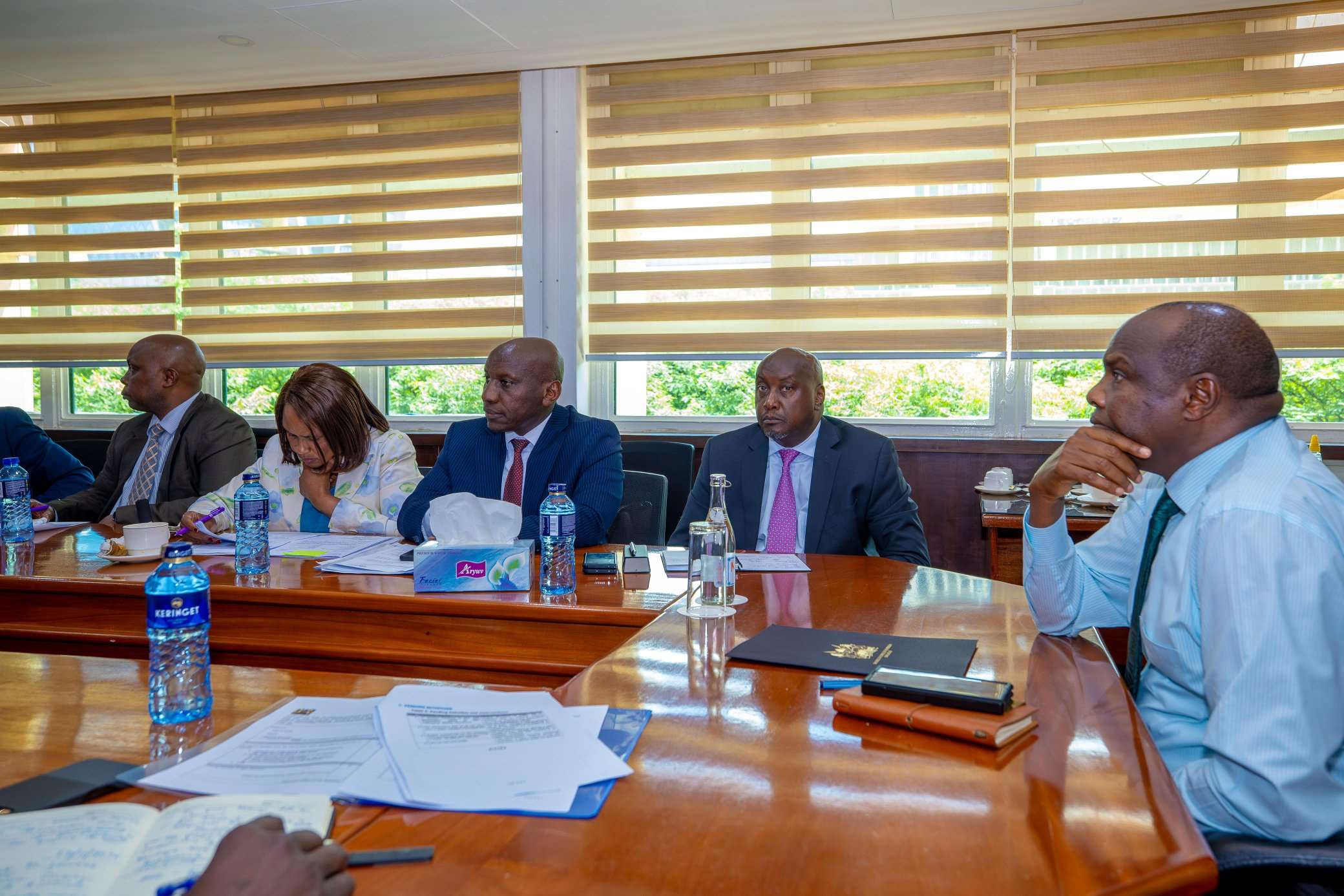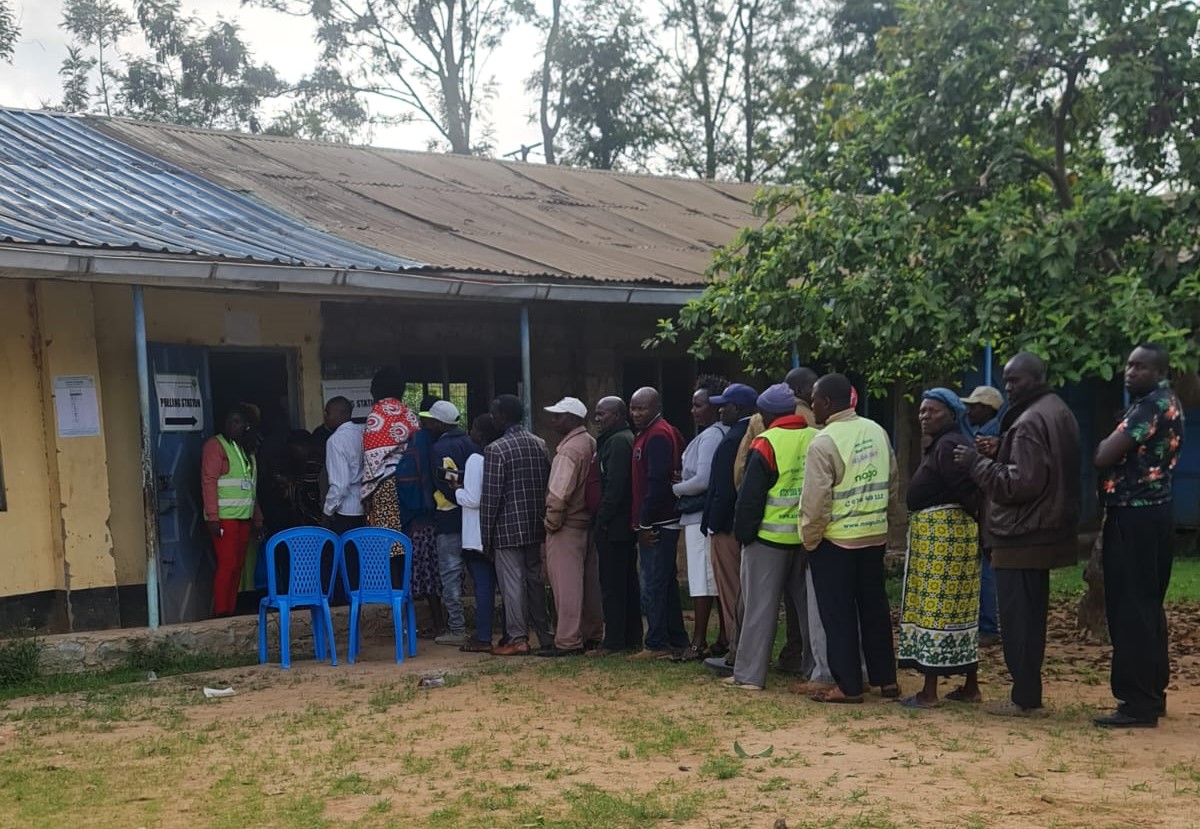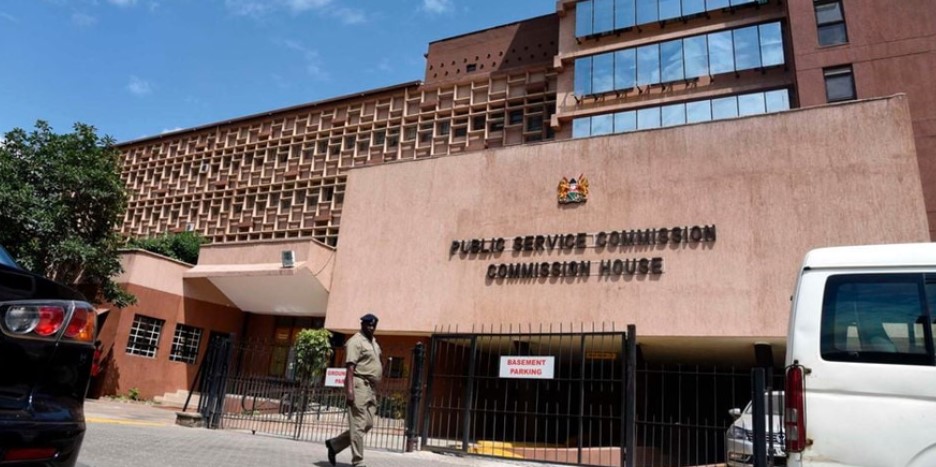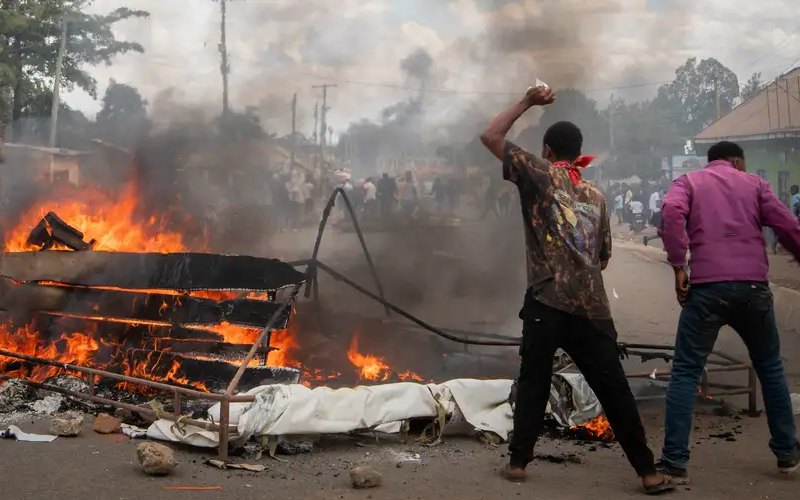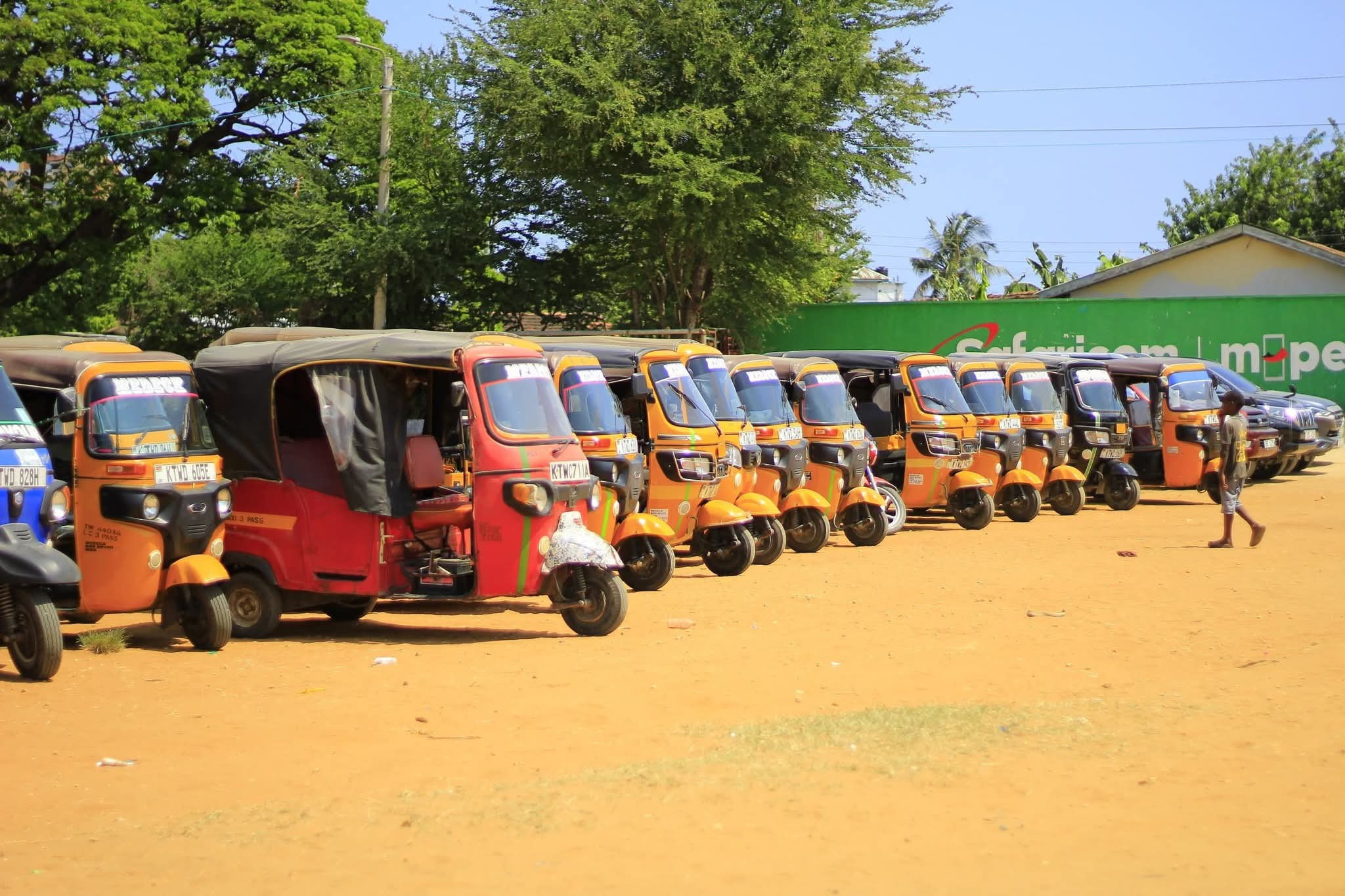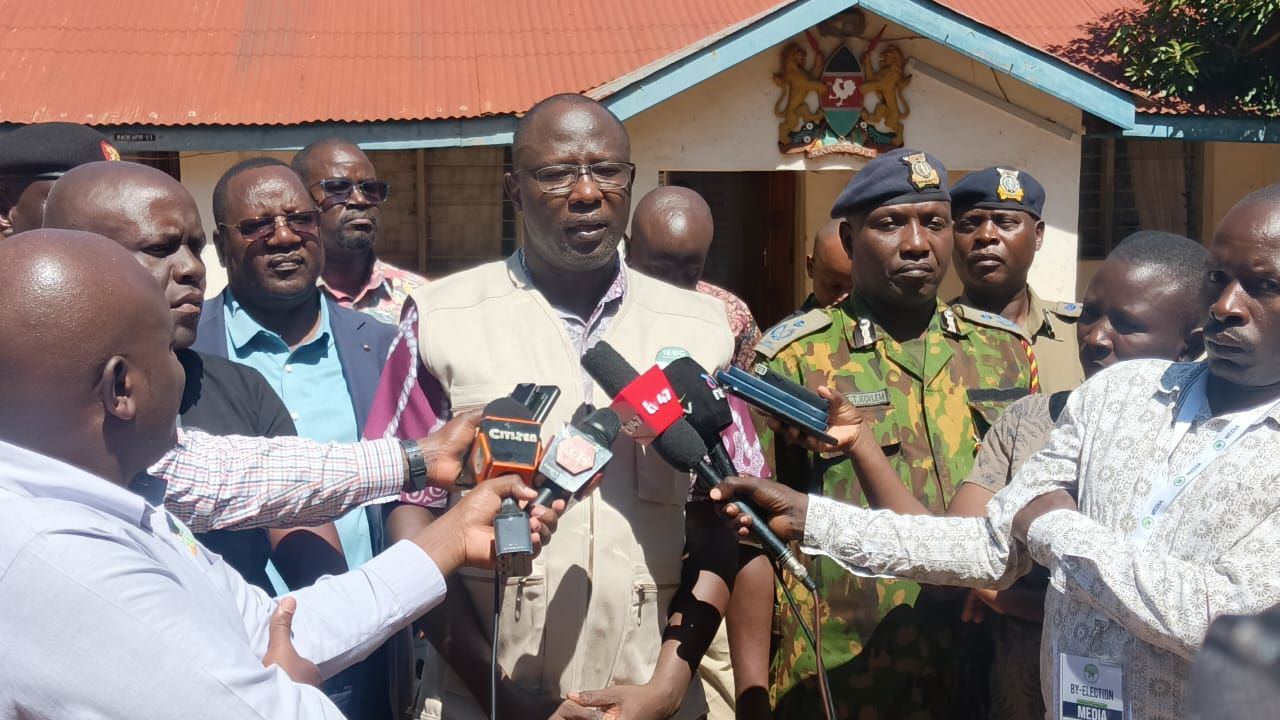Kenya clashes and Bolivia's failed coup show perils of economic hardship
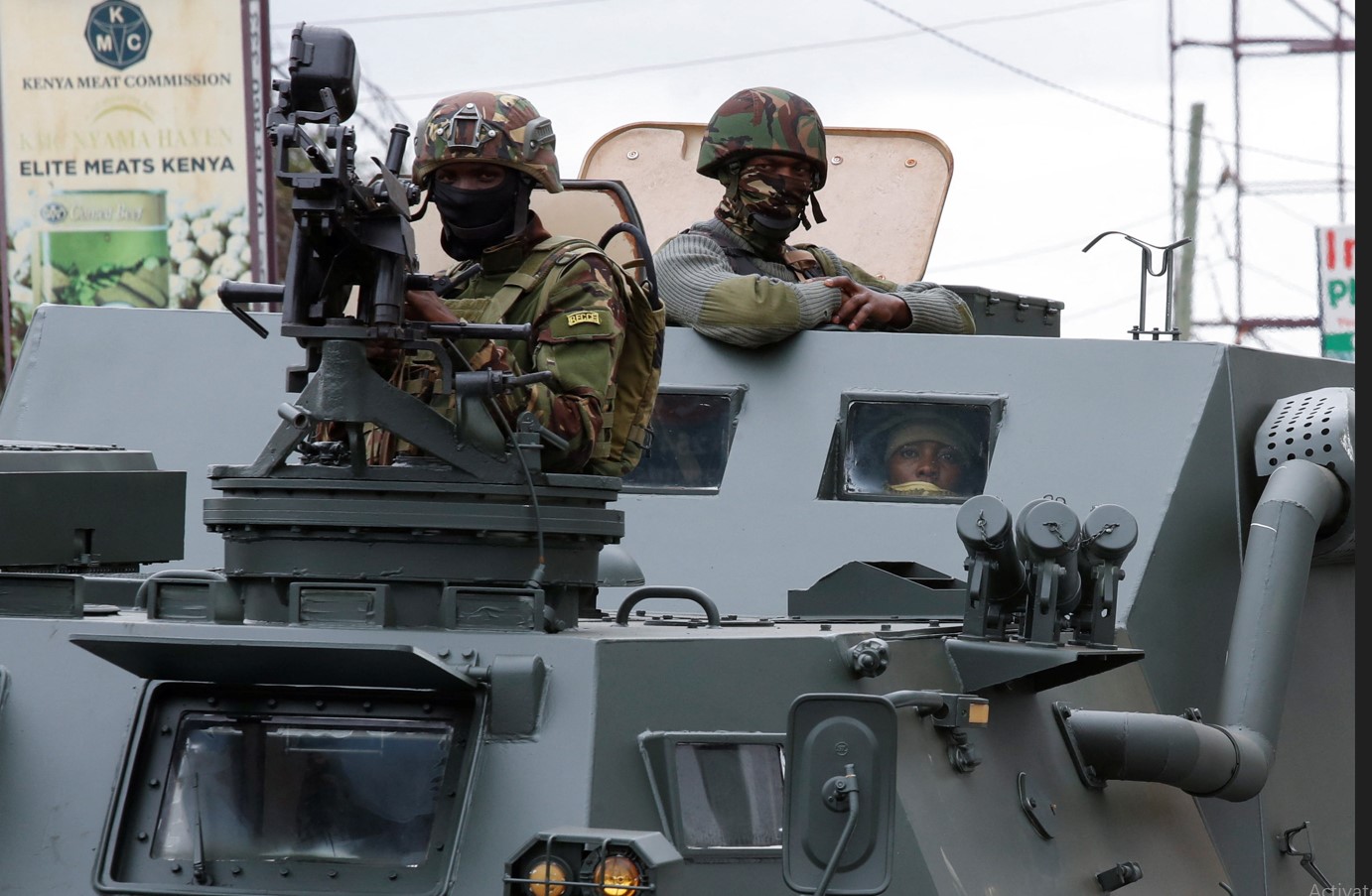
Rising borrowing costs mean debt service gobbles a growing chunk of revenues. This puts pressure on countries, including Kenya, to raise taxes and cut spending.
Deadly Kenyan protests that scuppered tax hikes and a failed coup amid fading economic prospects in Bolivia this week are violent reminders of the dangers posed by faltering economies and punishing austerity measures.
Bolivia's President and former economy minister Luis Arce fended off the putsch on Wednesday, but faces ongoing U.S. dollar shortages and soaring borrowing costs that pushed the country's credit rating to "junk."
More To Read
- Bolivia elects centre-right Rodrigo Paz as President
- From detention to global recognition: Rose Njeri named in 2025 Time100 Next list
- How protests over Finance Bill hurt Nairobi’s daily revenue collections
- Coups in West Africa have five things in common: Knowing what they are is key to defending democracy
- 16 killed in June 25 memorial protests, most by police – Amnesty International
- We are forgotten: Erickson Mutysia’s mother makes heartbreaking plea for justice
Kenya's President William Ruto, who reversed support for a tax-hike measure, now must find another path to make his nation's debt pile of some $80 billion more manageable.
Around the world, low-income nations were sucked into economic crisis - and in some cases, debt default - after the 2020 COVID-19 pandemic decimated parts of the global economy.
Now, the crisis is reverberating in Kenya, Bolivia, and other middle-income nations bearing the brunt of a surge in inflation and the rapid global interest rate rises that followed the pandemic. Borrowing costs soared and Russia's war in Ukraine exacerbated a rise in prices of fuel and food.
"There are a lot of governments around the world all facing the pain, delayed fiscal pain, from the interest rate hikes that we've seen in recent years," said Charlie Robertson, head of macro strategy with FIM Partners, which invests in emerging market debt.
"It's not a surprise that the country [Kenya] might reach a breaking point."
At least 23 people died in Kenya as protests spiralled from online condemnations of the tax hikes into mass rallies demanding a political overhaul.
"It is not just the taxes," said Mary Ngigi, a 37-year-old clothing company worker in Kenya, on why she was protesting.
"When you go to the hospitals, there is no medicine. When you go to the schools, there are no infrastructures."
ANGER SPREADING
Turmoil is spreading. In Nigeria, workers protesting rising fuel and food costs caused a nationwide power outage, and leaders face rising subsidy costs despite tripling petrol prices last year.
Angola is also trying to cut subsidies, while Egypt is under pressure from the International Monetary Fund (IMF) for a slew of spending cuts and reforms that could cause more pain for citizens reeling from record-high inflation above 30%.
Risk intelligence firm Verisk Maplecroft warned that more subsidy cuts or tax hikes could serve as a trigger for unrest.
Argentina was roiled by huge general strikes in May against painful austerity measures and planned reforms by libertarian President Javier Milei, whose cost-cutting drive cheered investors but hammered the real economy.
Rising borrowing costs mean debt service gobbles a growing chunk of revenues. This puts pressure on countries, including Kenya, to raise taxes and cut spending.
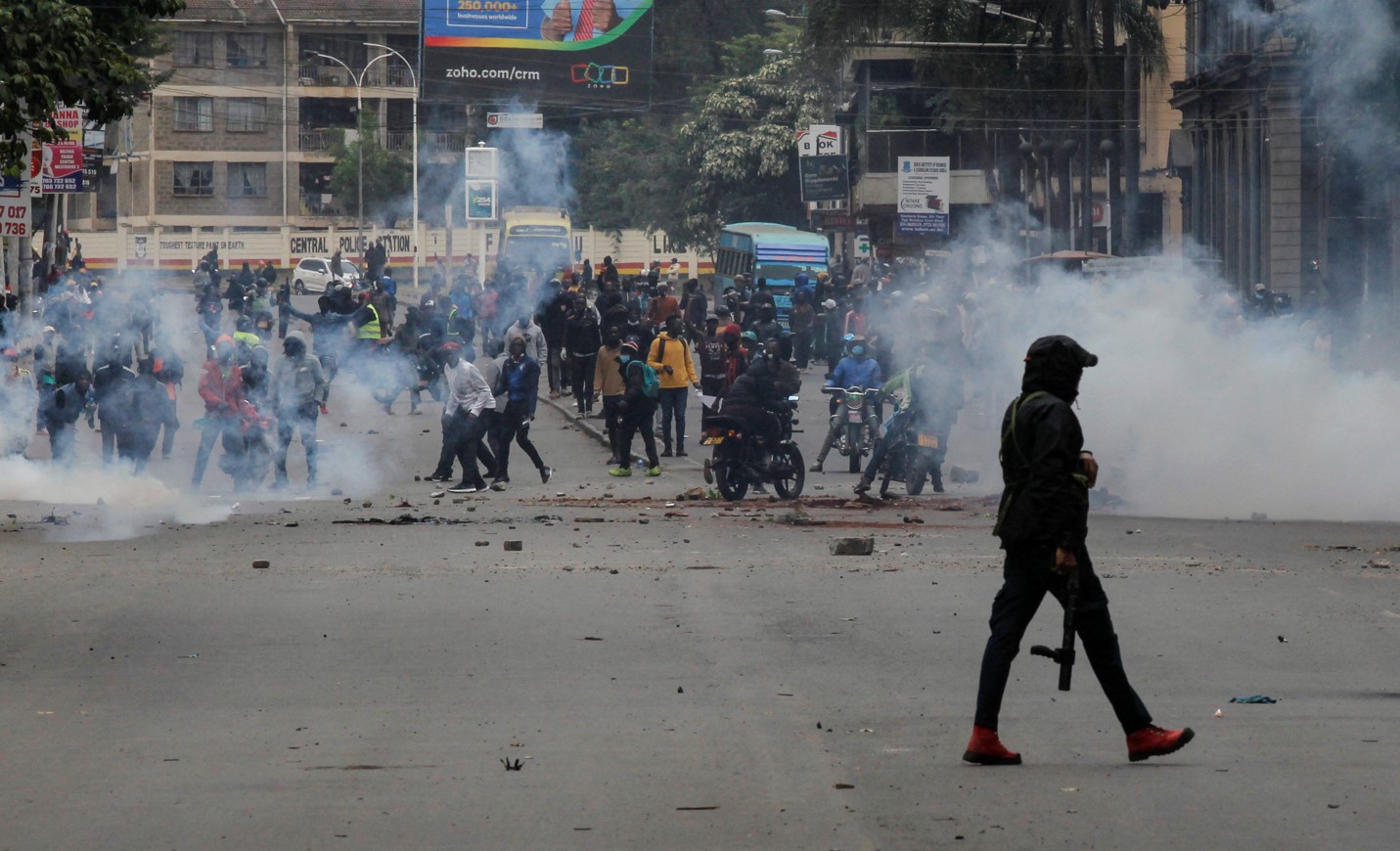 A police officer walks after using tear gas to disperse protesters during a demonstration over police killings of people protesting against Kenya's proposed finance bill 2024/2025, in Nairobi, Kenya, June 27, 2024. REUTERS
A police officer walks after using tear gas to disperse protesters during a demonstration over police killings of people protesting against Kenya's proposed finance bill 2024/2025, in Nairobi, Kenya, June 27, 2024. REUTERS
In 2023, a record 54 developing countries, equivalent to 38 per cent of the total, allocated 10 per cent or more of government revenues to interest payments, with nearly half of them in Africa, according to a report from UN Trade and Development agency UNCTAD.
Multilateral banks and political risk firms have warned of a ticking time bomb for some time.
While debt relief efforts had centred on the poorest nations with solvency problems, and rightly so according to the World Bank, not enough had been done for lower middle-income countries facing temporary liquidity pressures in the near future.
"Without action, 2024 will see a further rise in debt vulnerability — potentially leading to reversals in development outcomes," World Bank senior managing director Axel van Trotsenburg warned.
RISING PAIN
Kenya, like others, borrowed heavily in the mid-2000s, when interest rates were low -- and China was splashing cash via its Belt and Road initiative to lend to emerging markets worldwide.
Over the past 20 years, Kenya amassed some $82 billion of debt to build roads, railways and factories. But not all ambitious projects were completed and many Kenyans felt they had not benefited, while a slew of corruption scandals spurred allegations that elites enriched themselves.
"There is no cut on corruption," Boniface Mwangi, a prominent social justice activist in Kenya told Reuters. "We have no problem paying debt, but...what did you do with that money that you borrowed?"
Ruto has said he is waging a war on corruption and has called for those responsible for graft to be prosecuted.
Kenya managed to avoid default by issuing more debt earlier this year - but at a punishing interest rate above 10%. After this week's protest, the country's bond prices slid again.
To keep crucial IMF cash coming, Ruto must find a way to balance the books.
"Kenya's government has a budget, and cash is not endless - so they need to prioritize," said Lutz Roehmeyer at Capitulum Asset Management.
The IMF, which warned Kenya to reverse "fiscal slippage", did not comment on whether it was asking for too much, but said in a statement that it was "closely monitoring the situation."
For Ruto -- and other leaders struggling to tame debt -- the path forward is far less clear after this week.
"The question is whether this is the canary singing the warning to the government, and the IMF, as to how much fiscal austerity can be packed into one year," Robertson said.
Top Stories Today
